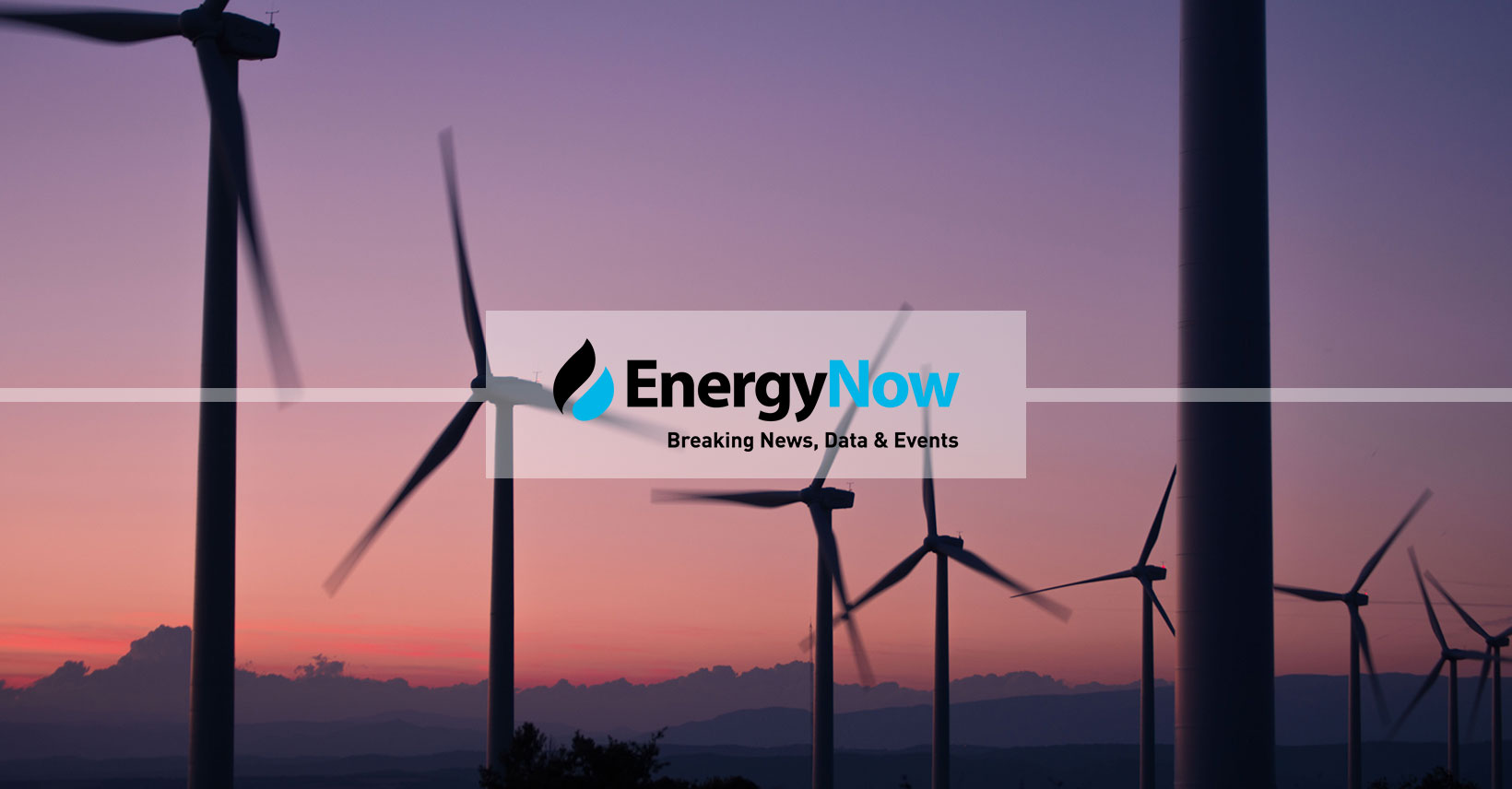Sign up for daily news updates from CleanTechnica on email. Or follow us on Google News!
People, here’s a story that could alter the landscape for non-traditional automobiles — a plug-in hybrid from BYD that has a claimed total range of 1,305 miles. According to Autoblog, the latest versions of the BYD Qin L and Seal 06 sedans feature the Chinese automaker’s latest plug-in hybrid technology. With a fully charged battery and a full tank of gas, the technology can provide a driving range of 2,100 kilometers (1,305 miles), according to BYD chair Wang Chuanfu. The company’s PHEV technology, now in its fifth generation, achieves a record low fuel consumption of 2.9 liters per 100 km (62.1 miles), even after the batteries have been depleted. Google says that translates to 0.776 gallons. Divide that into 62 miles and you get a fairly astonishing figure of 80 miles per gallon. Wow!
Yahoo also ran the numbers and came up with 80 mpg, so that seems to confirm my calculations. If so, this is a very impressive achievement by BYD. We do not know what standard is used to compute MPG (or liters per 100 km) in China. Perhaps the testing is done at a steady 35 mph on a road that slopes slightly downhill. The point is that these two new BYD models can go a really long way without stopping if both the battery and the gas tank are full. There are no specs available that reveal the size of the battery or the gas tank. Nevertheless, 1,200 miles is about 500 more miles of range than a hybrid 2023 Lexus ES is capable of. Last year the Lexus topped the Kelley Blue Book list of hybrids with the longest range.
The previous generation of the BYD plug-in hybrid technology offered a driving range of a few dozen kilometers on batteries alone and fuel consumption of 3.8 liters per 100 km solely on the gasoline engine. It helped boost BYD sales starting in 2021 when models such as the Qin Plus DM-i sedan and Song Plus DM-i SUV first came on the market.
A Long Range Plug-In Hybrid with A Low Price
Okay, are you sitting down? If you happen to live in China, the base price for the BYD Qin L and Seal 06 is 99,800 yuan ($13,775). Holy EV disruption, Batman! If these cars ever came to the US, BYD would never be able to keep up with demand. Of course, they are not coming to the US, because there is now a 100 percent tariff on Chinese made cars, but even at double the price, American buyers would be breaking down the doors to get one.
But wait, there’s more. BYD says owners of cars with the new plug-in hybrid technology can save up to 9,682 yuan ($1,336) a year in fuel costs compared to driving a traditional gasoline powered car. By lightning-like calculation, that means the Qin L or Seal 06 could have a net cost of zero — as in nada — if you buy it and keep it for 10 years. That’s unbelievable.
Autoblog says that BYD has been pricing its plug-in hybrids starting at 79,800 yuan ($11,014) for the past three years. During that time, it has sold 3.6 million of them. It slashed the prices of its plug-in hybrid cars by 10 to 22 percent in the first quarter, with the Qin and Song outselling gasoline models such as the Lavida and Sagitar in the mass market, with lower prices and less fuel consumption attracting cost-sensitive Chinese buyers. Globally, BYD, which has been accelerating its international expansion, still trails major automakers like Toyota, Volkswagen, General Motors, and Stellantis in sales. But it is focusing its attention on overseas markets such as Southeast Asia, Australia, the Middle East, Mexico, and South America where governments impose fewer trade barriers and tariffs.
BYD & The Plug-In Hybrid Conundrum
The battery electric vs. hybrid vs. plug-in hybrid debate is raging right now as many manufacturers are finding buyers are not as hungry for their electric car offerings as hoped. Some companies are pivoting to hybrids like the ones Toyota has been selling for decades. Others like General Motors say they are dusting off their plug-in hybrid technology they put on the shelf when production of the Chevy Volt ended 5 years ago.
If you read the news, there are reports that are all over the place. The EV revolution is dead, if you rely on Faux News for information. Hybrids are red hot, according to some. Plug-in hybrids are touted as the way to cure people’s fears about range anxiety, others say. They are a gateway to fully electric cars because owners will learn the ins and outs of charging but still have that trusty gasoline engine under the hood if they mess up their range calculations or they arrive at a charger and find it occupied or broken. And yet statistics say plug-in hybrids have the highest incidence of fires and the highest maintenance costs. It’s hard to know what is the right way to jump into this confused and confusing market environment.
The Takeaway
The BYD Qin L sets no standards for styling. It is functional in appearance and lacks some of the geewizardry people expect from a Tesla or Nio or Xpeng. But it starts at under $14,000 in its home market. There are plenty of people who would be happy with a competent car that costs so little and promises such extraordinary efficiency. You can understand why most top tier manufacturers are terrified by the prospect of having to compete with Chinese-made cars like the BYD Qin L.
30 years ago, Saturn offered an entry level model of its SL sedan that listed for around $9,000. Three decades later, BYD is offering a sedan that is light years ahead of the Saturn but sells for less than half what the Saturn sold for, adjusted for inflation. What BYD has done is truly remarkable, which raises this question: if America is serious about reducing greenhouse gas emissions from the transportation sector, wouldn’t the Qin L — with fuel economy approaching 80 mpg — be an ideal car to help achieve that goal?
We get the feeling around the watercooler at CleanTechnica headquarters that America is not going to be able to keep BYD and other Chinese companies from selling cars in the US for very long, not when they sell for at least a third less than comparable models sold in North America after tariffs and shipping. Interesting times ahead.
Have a tip for CleanTechnica? Want to advertise? Want to suggest a guest for our CleanTech Talk podcast? Contact us here.
Latest CleanTechnica.TV Videos
CleanTechnica uses affiliate links. See our policy here.





